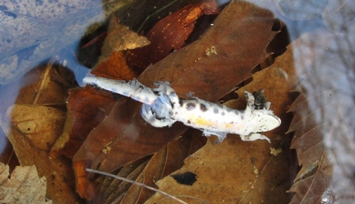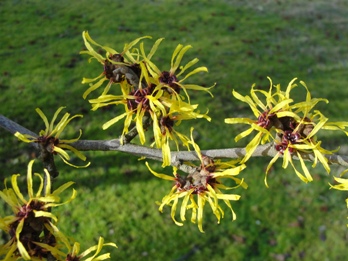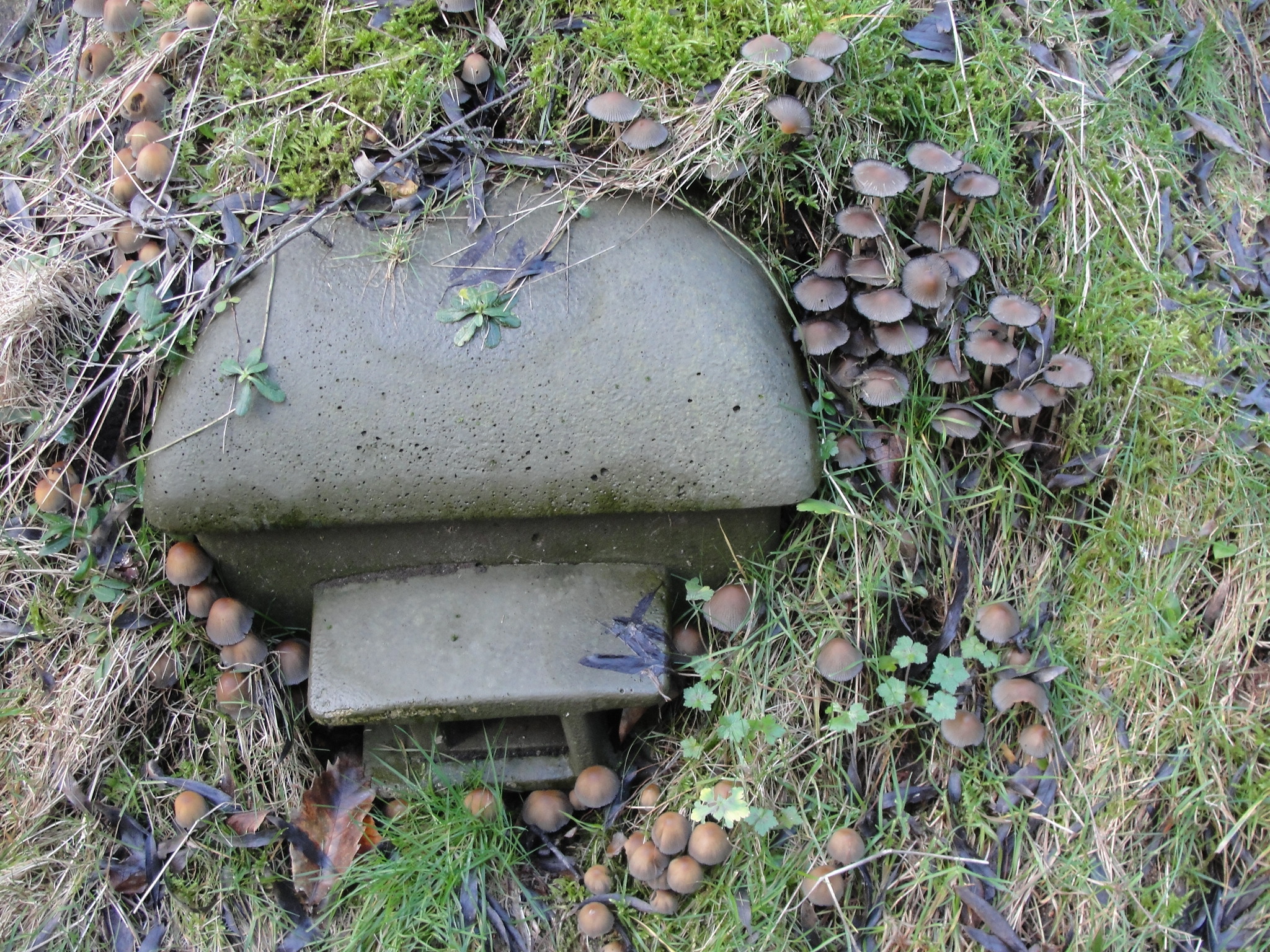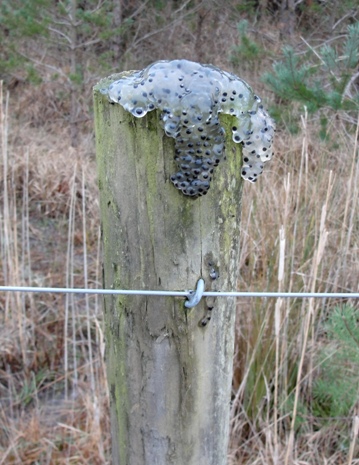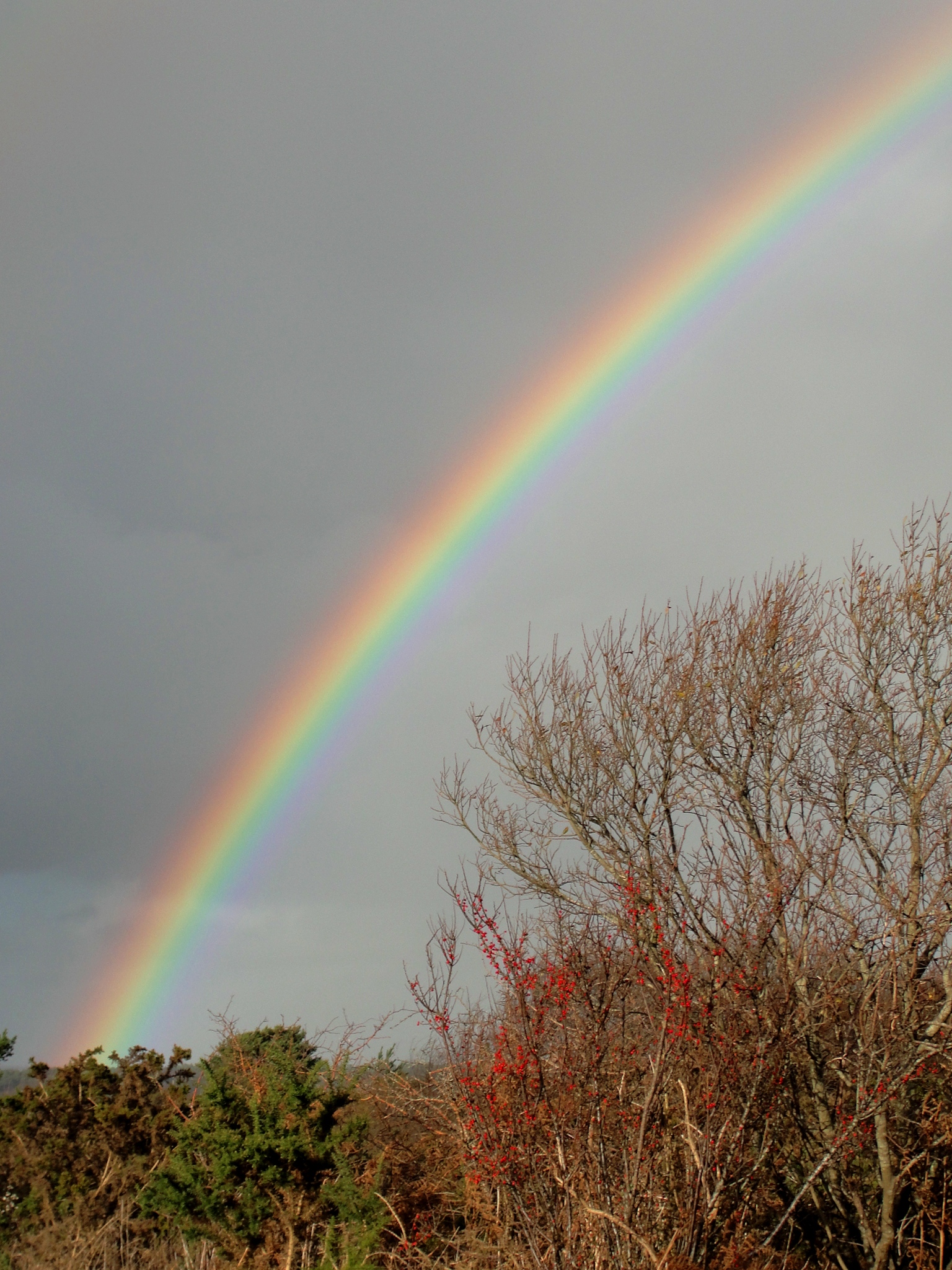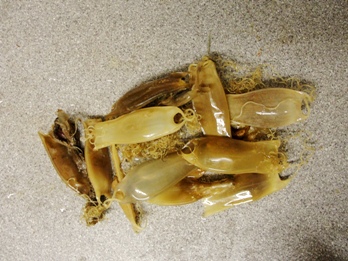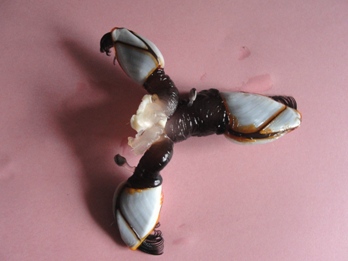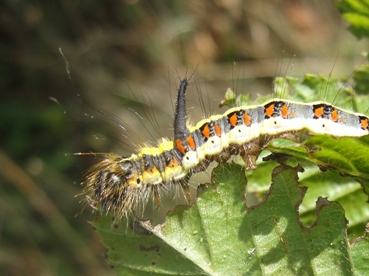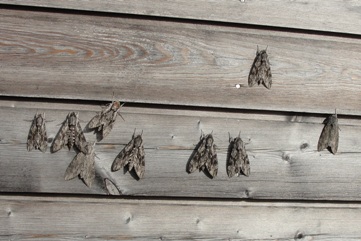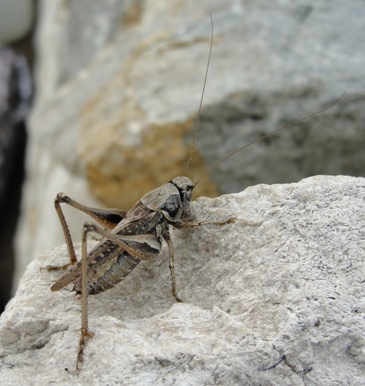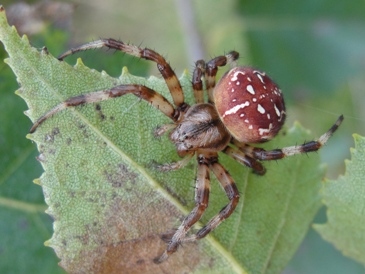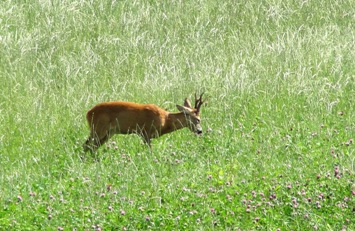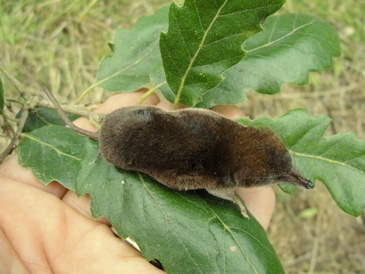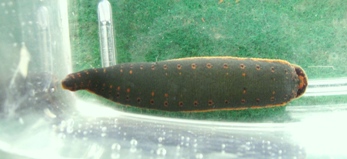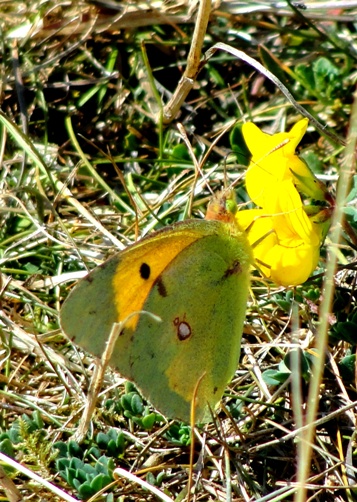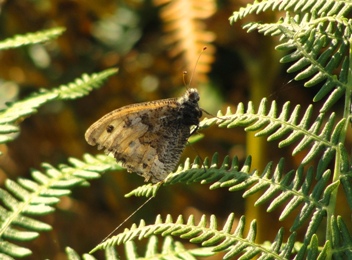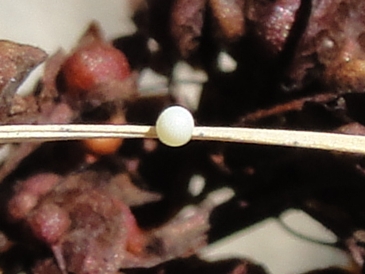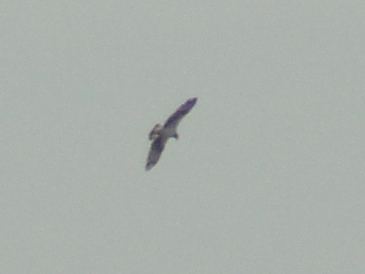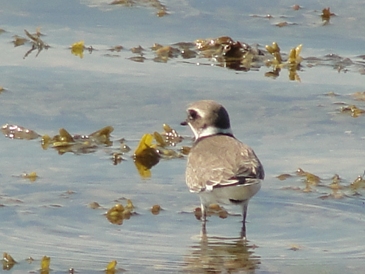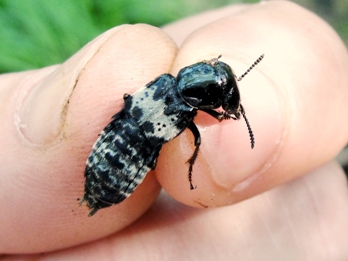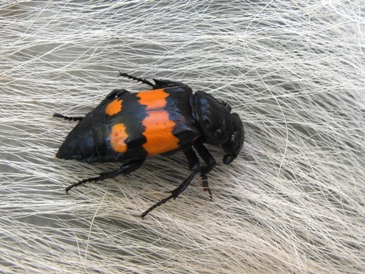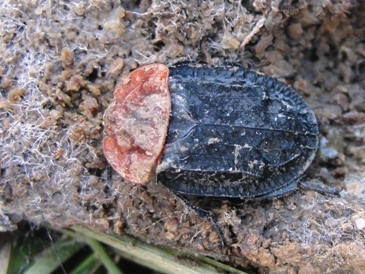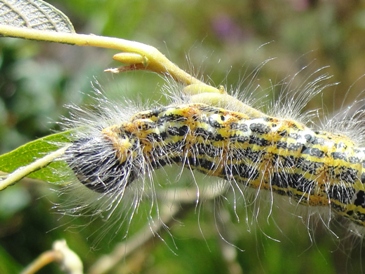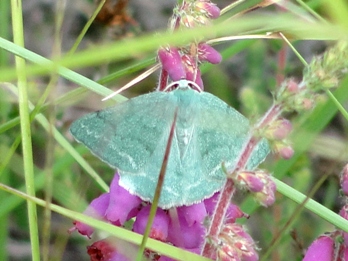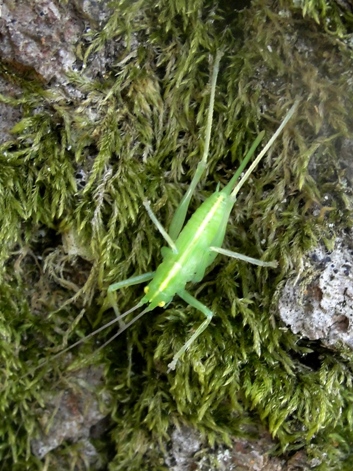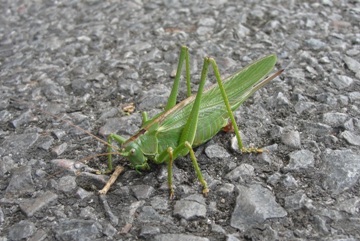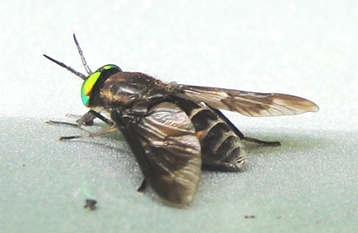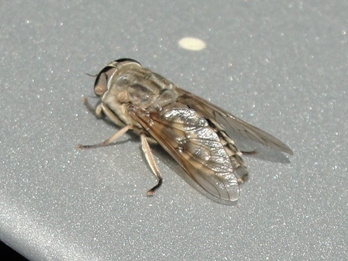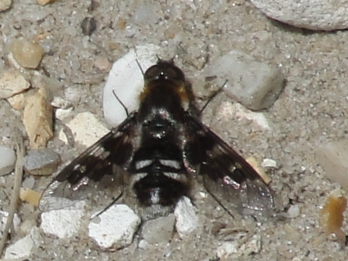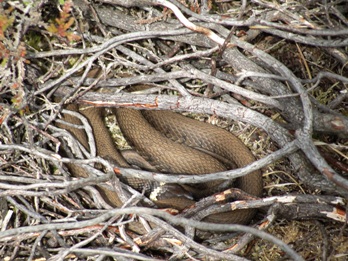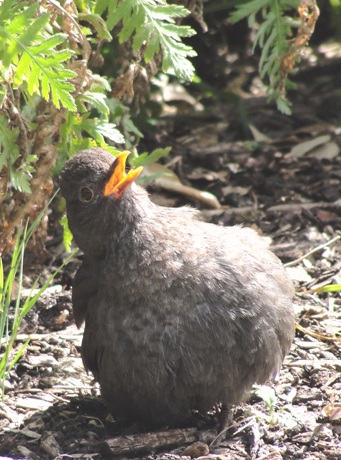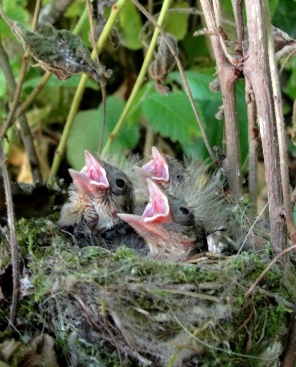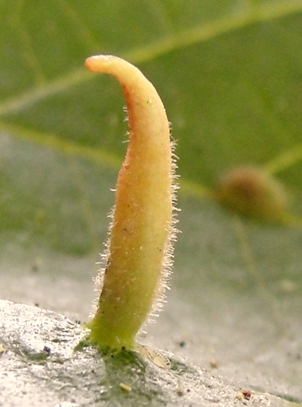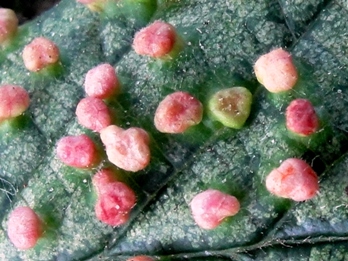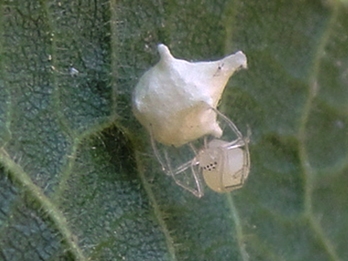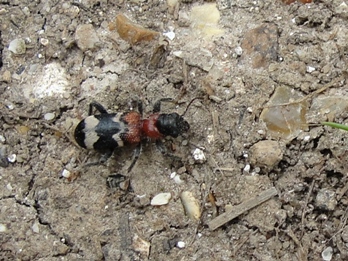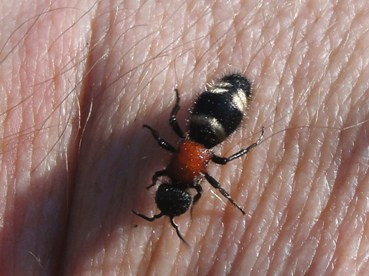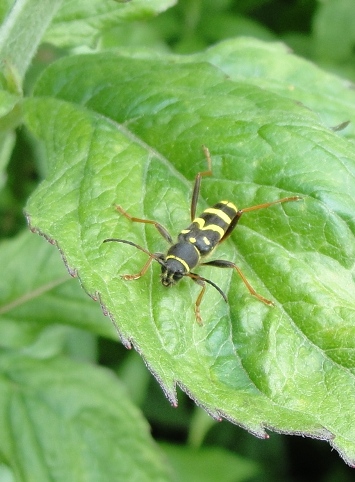I was fortunate enough to visit the Australian state of Tasmania a few weeks ago and photographed many common and less known creatures. I will write a large section on the adventures that myself and my colleagues got up to in more detail later , but for now I will just post a small collection of some of my better wildlife pics. Some of the invertebrates have not been identified yet but some of the genus maybe.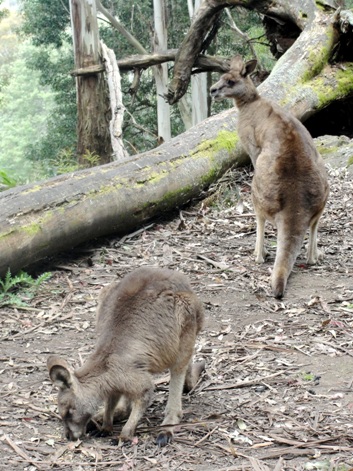
Of course one cannot go to Australia without photographing kangaroos !In this case the Eastern grey.
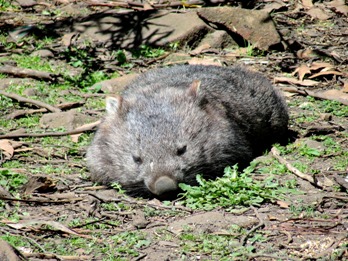
The southern wombat is common throughout Tasmania as are many other mammals, some of which are rare or absent from the mainland.
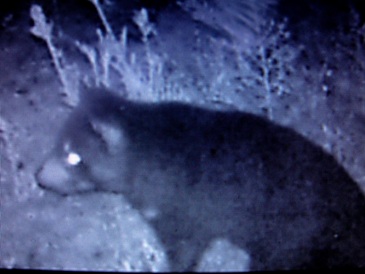
Tasmanian devils are common and in the Tarkine region of North west Tassie, they are generally healthy. These are picked up from my trigger cameras that were placed in the bush.
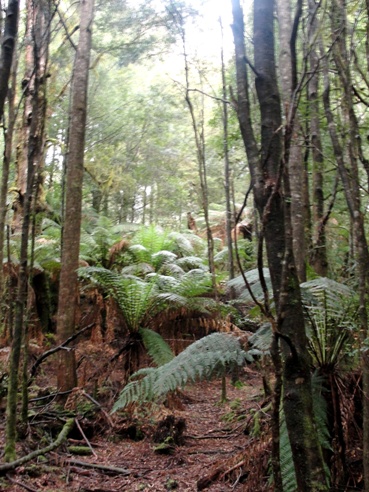
this is the rainforest where we camped. Wet and cold most of the time as the spring time was long and cold.Tree ferns were the main under story, and towering myrtle trees and eucalyptus species dominated the forests.
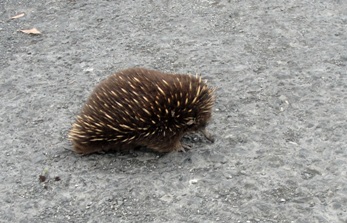
One of my favourite animals is the echidna. This is the short beaked. They trundle along searching for ant nests.We found quite a few of these monotremes but sadly no platypus !
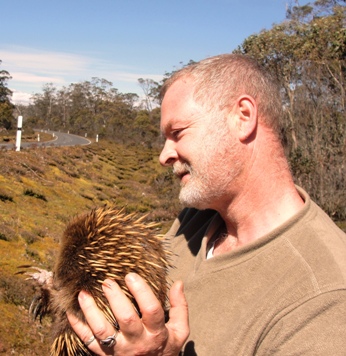
The Author holding an echidna which I spotted from the vehicle on the roadside.They dig themselves into the ground fast , exposing the sharp spines so one has to run up to them and start to dig them up before they bury themselves too deep.
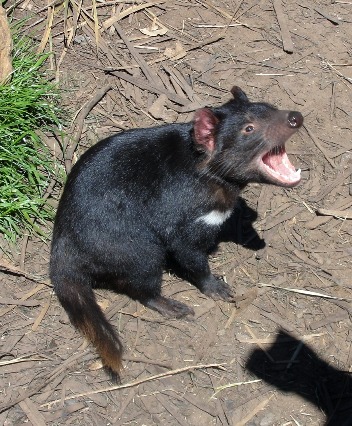
A devil in captivity, many are housed in a desperate bit to try to eradicate the facial tumours that many devils get in some parts of the island.They are gentle, calm and affectionate animals. Certainly not deserving of their name !
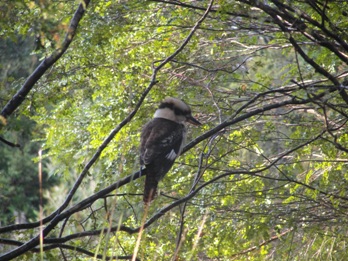
The bird life is amazing but birds are very difficult to photograph , yet the kookaburra are quite tame and this one was one of a pair that visited the camp daily.This is the worlds largest kingfisher yet it does not take aquatic animals but reptiles and insects.
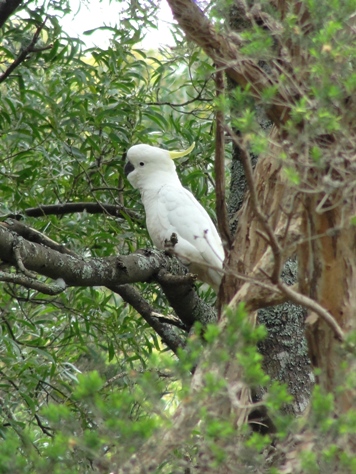
The sulphur crested cockatoo is common and forms large noisy flocks.They are amazing to watch as they fly around.
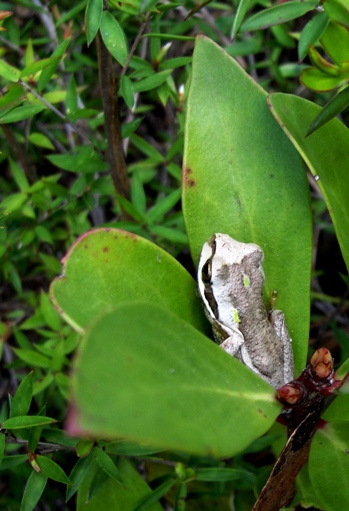
Tree frogs could be heard much of the time near water but they are very elusive.This was the only one that I found.
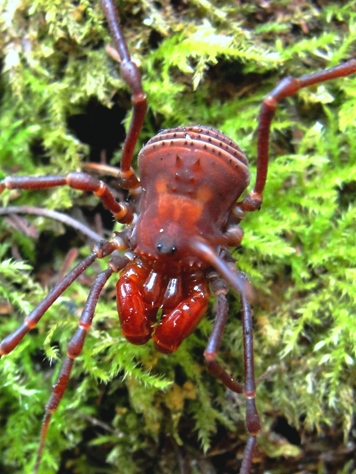
Cave harvestmen are unique creatures from the region.There are about three similar species.
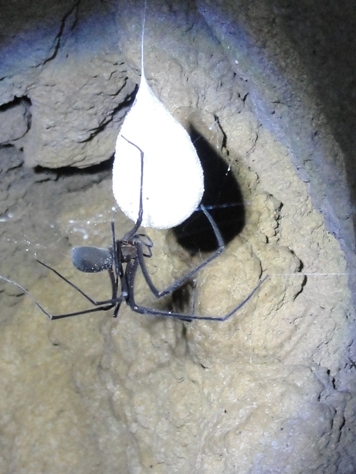
The cave spider is unique to Tassie also and lives in just a few areas.This female guards her egg sack at the entrance to a sink hole cave.
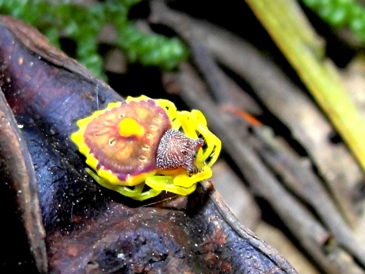
This beautiful crab spider was hanging from a tree fern.
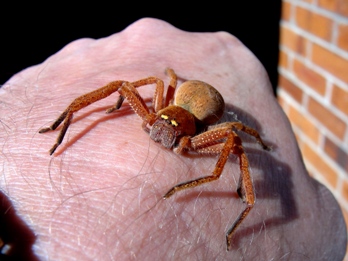
A lovely huntsmen spider.
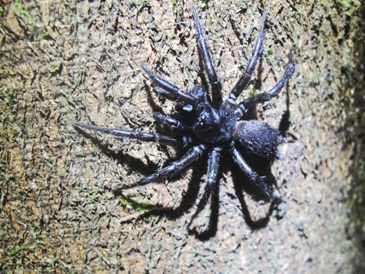
I found a tree funnel web spider.
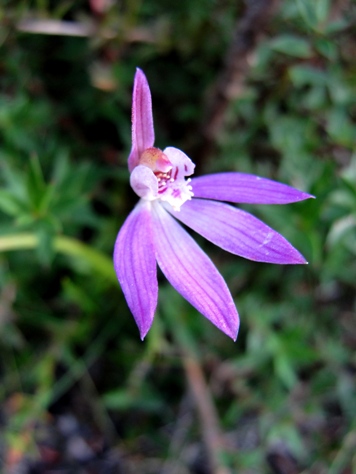
It was a bit early to find many species of orchid but this caladenia species were common on the heath lands.
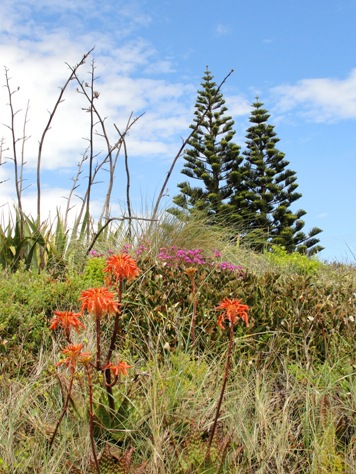
The beaches are amazing and often have a different variety of plants on the coastal dunes.
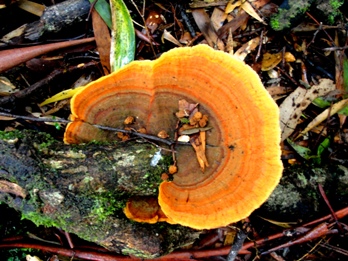
Within the rainforests are many species of fungi, with quick decomposition of fallen and standing timber, the bracket fungi are abundant and large. This is a small species.
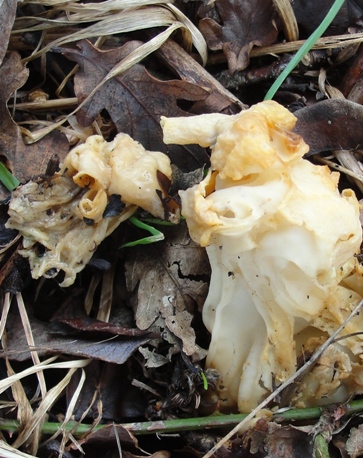 whilst the common ink cap (Coprinus atramentaria) is common and to be found on wood especially if buried in the ground.
whilst the common ink cap (Coprinus atramentaria) is common and to be found on wood especially if buried in the ground.
